
Lent? The stuff you clean out of the dryer trap, right?
Nope.
In fact, the word ‘lent’ is derived from the Old English word ‘lencten,’ meaning springtime or the lengthening of days. The season of Lent in religious observance has become the time preceding the springtime celebration of resurrection and new life: Easter. In the early centuries of the Christian church new converts would spend 40 days preparing for baptism on Easter Day. These 40 days were an intensive time of preparation, study, and devotion. The number 40 has a deep meaning within Biblical tradition, often pointing to an experience that complete or whole. For example, 40 is the number of days Jesus spent fasting in the wilderness in order to be completely prepared to begin his ministry of preaching, teaching, and healing. This sets forth a pattern in the church for a period of spiritual disciplines that prepared not only the catechumens for baptism, but also the believers and members of the church for a fuller, more meaningful life together.
Unfortunately, our common practices of Lent have devolved. More often than not, these practices end up looking more like punitive punishments and less like spiritual disciplines that teach or prepare. “What are you giving up for Lent?” Chocolate, caffeine, alcohol, and Facebook seem to be popular answers. (In years past I’ve given up shaving for Lent – I don’t think Susan will let me get away with that again this year.)
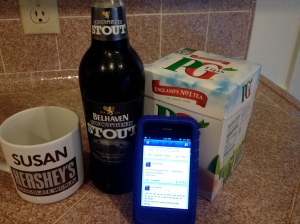
I think we can aim higher than that. Rather than perceiving of Lent as time for grief and self-denial, our family will take on a practice that transforms the way we understand the needs of our friends and neighbors. Our 40 Days of SNAP will be a spiritual discipline in that it will challenge us to love our neighbors as ourselves.
Beginning Ash Wednesday, February 13, 2013, the season of Lent spans 40 days reaching to Easter Sunday on March 31, 2013. There’s a catch, however. If you were to count out days on the calendar, you would notice that in fact there are 46 days until the beginning of Easter. The reason is that Sundays (the Lord’s Day) are days of feasting. The celebration of the Lord’s Day has primacy over the disciplines of Lent; the fast makes way for feasting. We plan to honor this tradition and will not consider Sundays to be included in the SNAP challenge. (But we will not allow Sundays to become days of gluttony, either.)
A Discipline of Incarnational Ministry
The greatest way to value fellow human beings and provide for them an affirmation of their identity and self-worth is to be with them. To spend time with them. To live as they live. To experience the hardships and joys of life with them. This practice is not only at the core of my calling to pastoral ministry, but it is also the core of my understanding of the incarnation of God in the person of Jesus Christ. What greater way can love be shown than to experience life with or alongside someone else?
There are limitations to this ministry and discipline. Just as I cannot fully know what is like to suffer from cancer, I also cannot fully know what is to experience food insecurity. I must be honest about that. But I can exercise empathy, and I can make the effort to imagine what it is like. These 40 days could be misconstrued that we are pretending or playing at being impoverished. I know I cannot replicate every aspect of living on $23,000 per year for a family of four or even approach the level of pain and stress that it puts on relationships. I won’t know what it’s really like to pay for my food on an EBT card or with a WIC voucher. I won’t feel the eyes on me, questioning my purchasing choices on the public’s dime. However, I do hope it can open a window into understanding how many people try to earn a living, feed and care for their families, and still rejoice in life. I do hope it will open my heart and mind to the experiences of those who face difficult choices day in and day out, and that the lessons we learn during these 40 days will carry forward far beyond Lent.
Posted by Ivan Herman in
Hunger & Food Ethics,
Lent,
Our family on SNAP and tagged
budget,
California,
challenge,
family,
fasting,
food,
foodstamps,
health,
hunger,
incarnation,
lent,
ministry,
religion,
spiritual discipline |


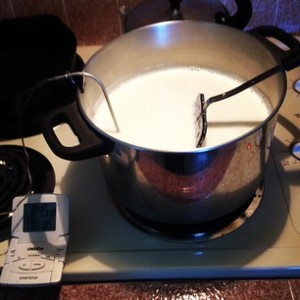
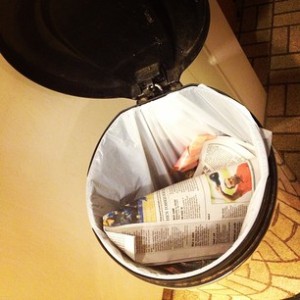
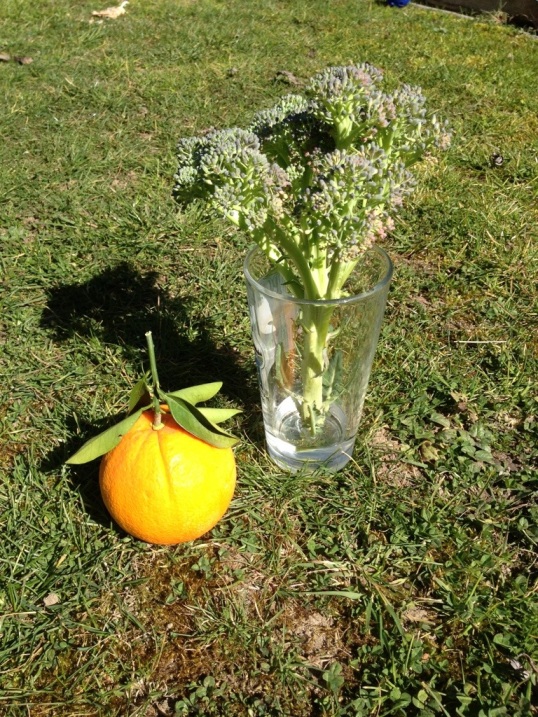




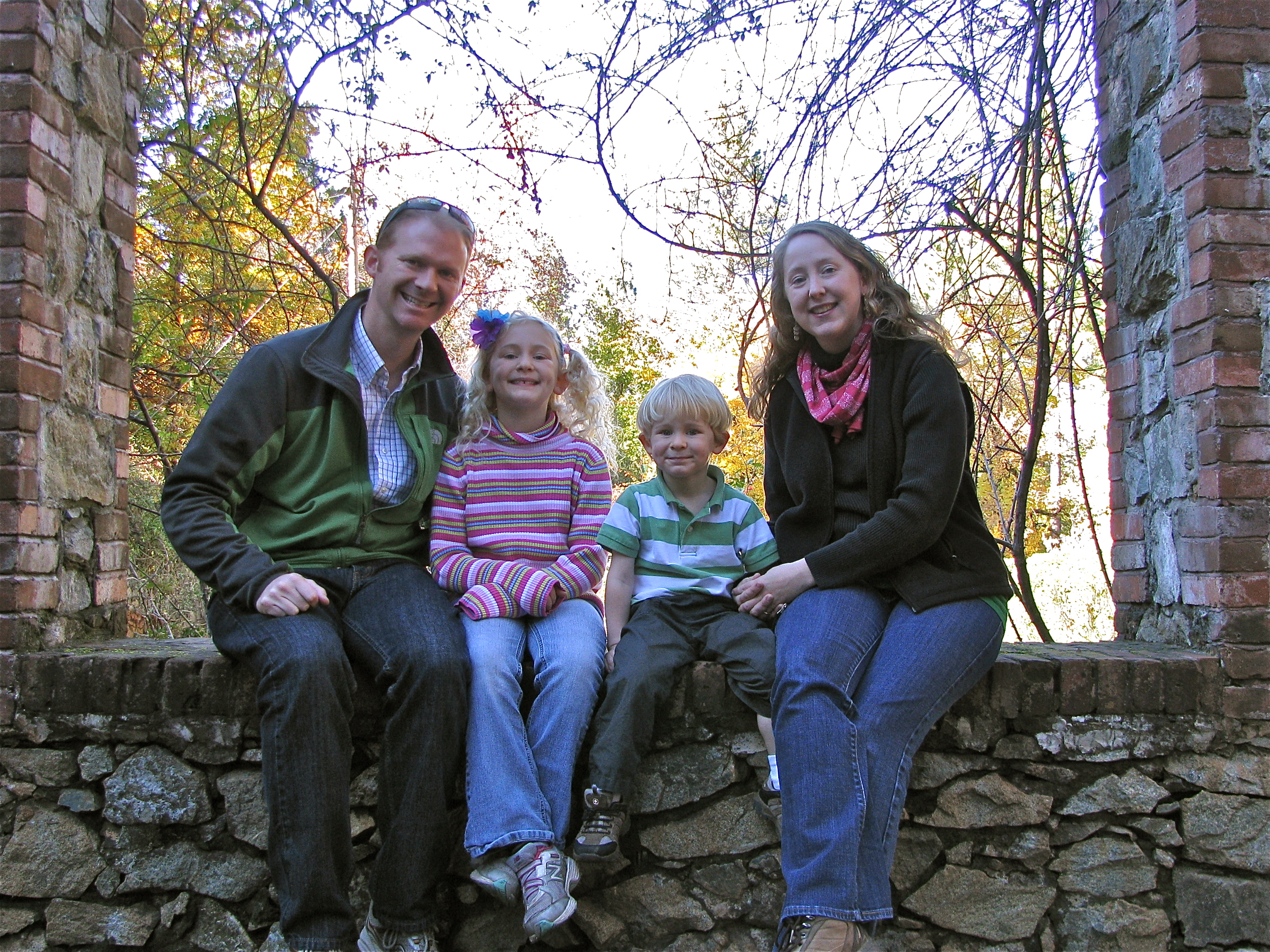
 Bread for the World
Bread for the World